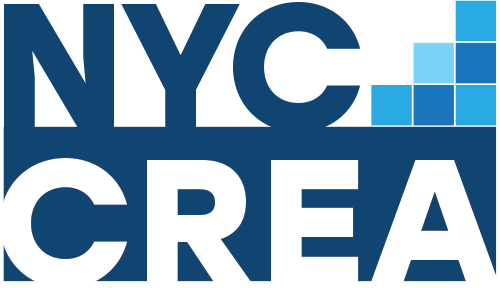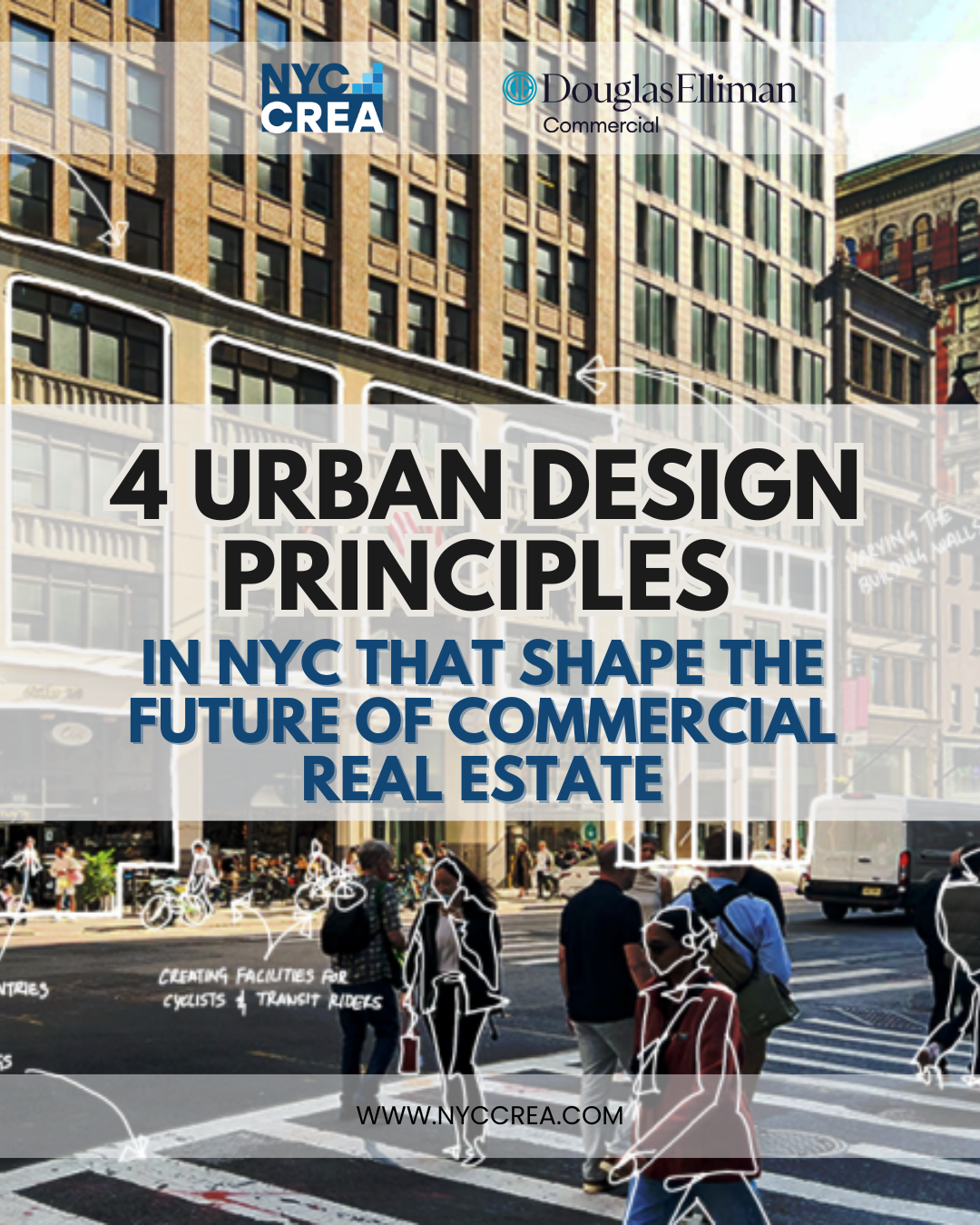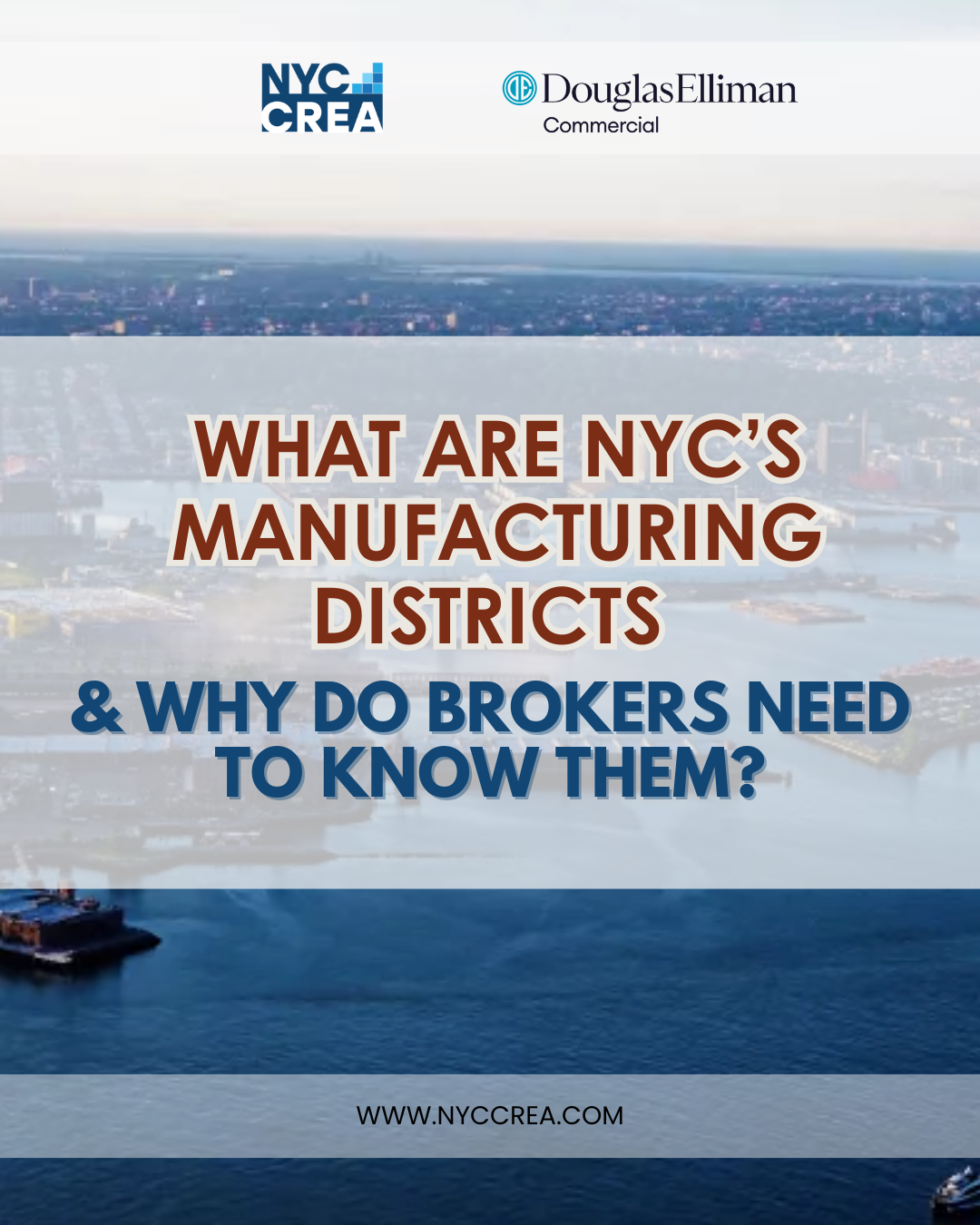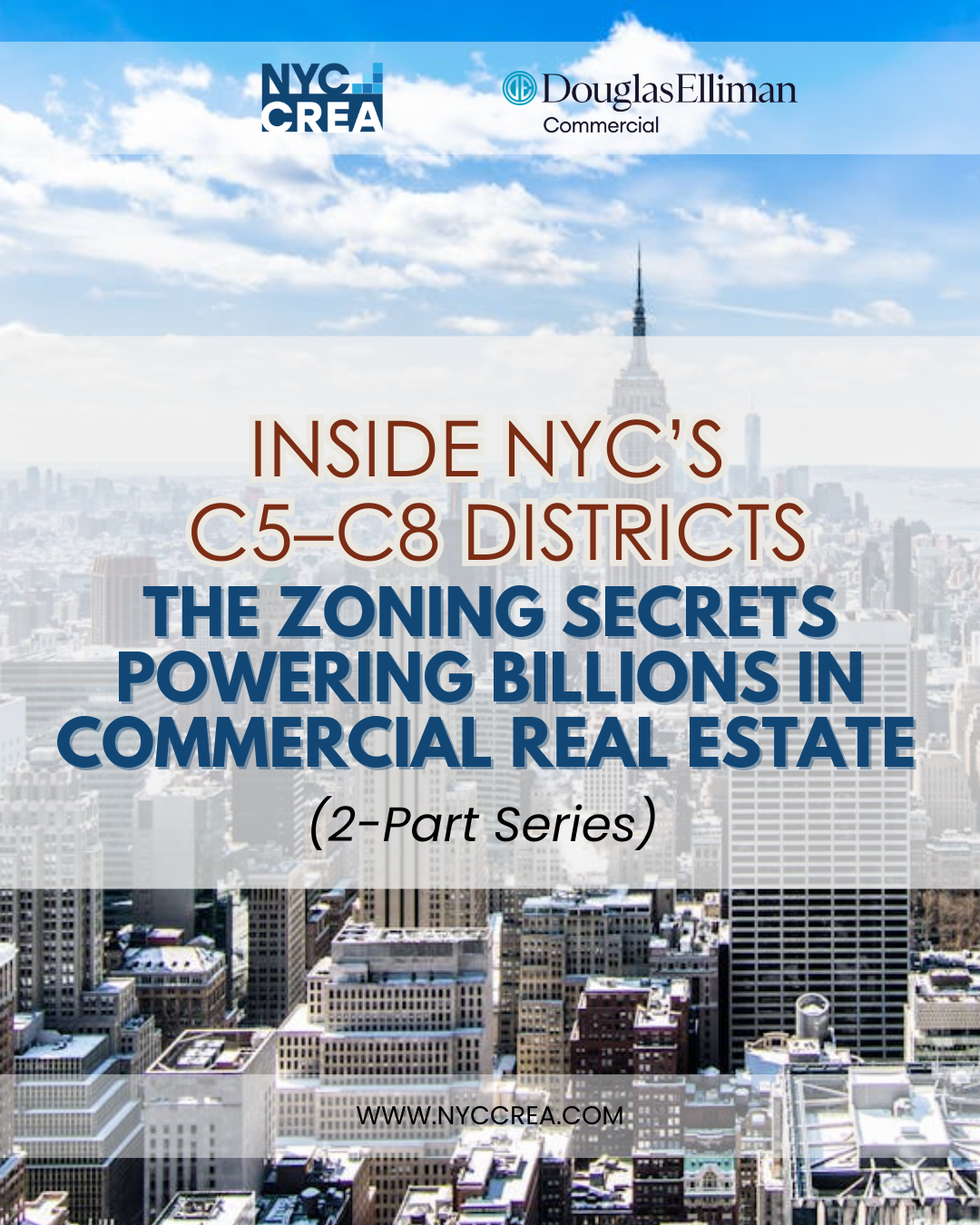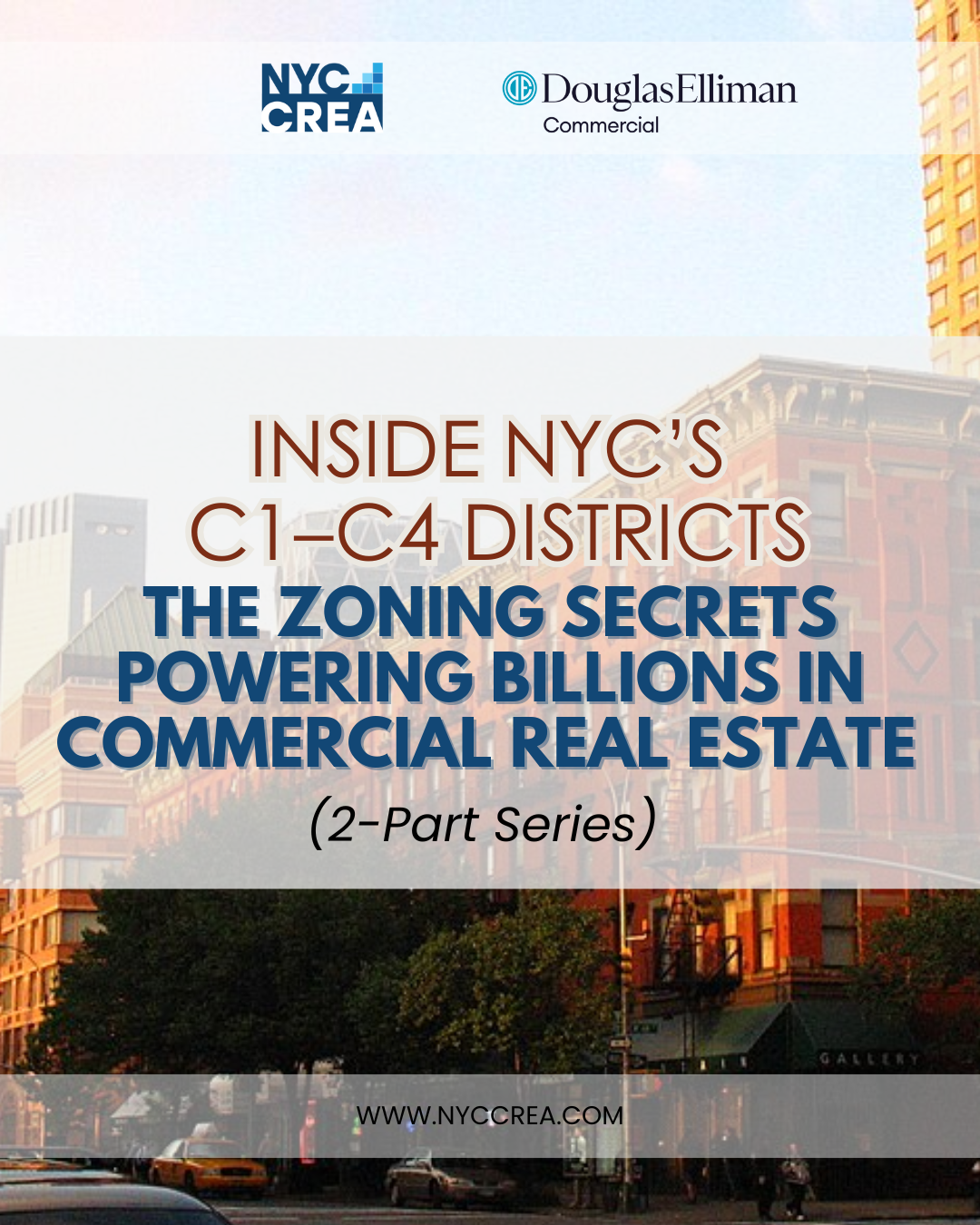February 19, 2025
- Office Sector Recovery: Manhattan’s office market looks to perform in 2025 coming from a strong rebound in 2024, achieving a post-pandemic high with 35.9 million square feet of leasing activity, a 17.2% increase from 2023. (Avison Young)
- Retail Resilience: Average asking rent in Manhattan’s retail corridors was $697 per-sq.-ft.— down 3% from the prior quarter but up 4% year-over-year. (CBRE)
- Industrial Slowdown: New York City’s total industrial leasing velocity decreased 29.4% quarter-over-quarter as the need for warehousing and storage space in the region waned. (CBRE)
- Demand for Class A: High-end Class A office space remains sought after, supported by low vacancy rates and robust leasing activity in 2024. Conversely, Class B and C properties face significant challenges, with vacancy rates soaring yearly, reflecting declining demand for these lower-tier buildings.
Looking ahead this 2025, New York City’s commercial real estate sectors exhibited varied performance across asset classes between 2020 and 2024. The office sector, particularly Class A properties, demonstrated resilience with a notable uptick in leasing activity in 2024. Last year witnessed a surge in large-scale leasing, particularly from major financial and legal firms seeking premium spaces, with 44 transactions exceeding 100,000 square feet. This marks the highest annual volume since 2019, indicating a promising 2025 for this property class.
However, Class B and C properties, comprising 46% of the city’s office space, have experienced a significant decline in demand, according to the NYC Comptroller’s Office. While the overall supply of this segment has slightly decreased, vacancy rates have increased from 6.3% in 2020 to 12.9% in 2024. This can be attributed to a substantial drop in occupied space, with 23 million square feet (8%) now vacant, indicating a steady weakening in demand for this type of office property.
Generally, the retail sector experienced a gradual recovery post-pandemic, with increased consumer spending bolstering occupancy rates in prime locations. The industrial sector sees a significant rent increase for high-quality spaces but a decline in leasing activity for larger properties due to a shift in demand towards smaller spaces. Mixed-use developments gained traction, offering a blend of residential, commercial, and retail spaces to meet evolving urban living preferences. The multifamily sector continued to be a stable investment, with consistent demand for residential units in the city.

2025 Opportunities and Risks in CRE Markets
Retail Sector
- Class A Reigns
The taking rent index in Q4 2024 for Manhattan’s 16 prime retail corridors was 81.2%, up 110 basis points (bps) from the prior quarter and 190 bps from 79.3% a year prior. This indicates a strong, continuing demand for retail space in prime locations, as landlords can secure higher rents from new tenants.
- Modest Rent
Average asking rent in Manhattan’s retail corridors reached $697 per-sq.-ft. in the last quarter, marking a 3% decline from the previous quarter but a 4% year-over-year increase. The overall upward trend suggests continued growth in 2025, albeit potentially at a more moderate pace.
- Food & Clothes
Food and beverage was the most active tenant category in 2024 with over 609,000 sq. ft. leased across 150 transactions. The apparel industry recorded the highest leasing volume among Manhattan’s retail sectors in 2024 with over 701,000 sq. ft.
Industrial Sector
- More Class A
Prime logistics facilities accounted for most construction, portending higher vacancy and oversupply of this type of space in the near term. Rents for existing and under-construction Class A space increased 22.9% year-over-year.
- Warehouse Decline
Industrial leasing velocity across New York City plummeted by 29.4% quarter-over-quarter, reflecting a significant decrease in demand for warehousing and storage space.
- Films, Logistics, Food
Demand for mid-sized spaces increased and smaller spaces remained highly sought after. Film production studios, third-party logistics, and food manufacturing led tenant activity. Notably, there was no demand for spaces larger than 100,000 square feet late last year.
Office Sector
- Class A On Top
Last year’s domination of premium properties in Manhattan’s leasing activity suggests a sustained growth this year after achieving its highest market share in over a decade (12.8% surge year-over-year). Notably, nearly half of all large-scale leasing transactions exceeding 100,000 square feet occurred in Class A buildings.
- Large-blocks
The strong leasing momentum witnessed in 2024, with 44 transactions exceeding 100,000 square feet, bodes well for 2025. This level of large-block activity represents the highest annual volume since 2019.
- Return to Office
The consulting, research, accounting, and recruiting industry demonstrated strong office utilization in November 2024, reaching 86.7% of pre-pandemic levels (November 2019). Similarly, sectors like banking, finance, insurance, real estate, and government exhibited robust office occupancy, approaching 85%, driven by return-to-office mandates, which will strengthen this 2025.

Mixed-Use Sector
- Prime Urban Areas
TriBeCa and the Meatpacking District stand as leading examples of vibrant mixed-use districts in New York City, boasting low vacancy rates between 2 to 5%. These districts, characterized by walkability and a diverse mix of properties, are highly sought after. Notably, 17.9 million square feet of buildings in and around these areas have the potential for conversion.
- Faster Growth
A JLL research reveals a shift in prime office locations, with peripheral urban neighborhoods surpassing central business districts to account for 54% of the most expensive streets in the U.S. Mixed-use environments, encompassing a blend of commercial, residential, and entertainment uses, have demonstrated significantly faster recovery compared to purely commercial cores. Amid the likes of New York’s Hudson Yards which command top rents, interest in mixed-use environments is growing as consumer preferences evolve.
- Maximize Verticality
In dense urban centers like New York City, vertical mixed-use buildings have emerged as a crucial solution. These structures integrate diverse functions within a single building, such as residential units occupying higher floors while ground-level spaces accommodate commercial uses like cafes and gyms.
Multifamily Sector
- Higher Rent
New York’s rent growth sees an increase of 3.1% this year due to anticipated growth and ongoing demand for multifamily units, according to CRE Daily.
- More Leases in Manhattan
New lease signings in Manhattan continued to show significant annual gains, rising by 18.2% to 4,292, as of December 2024. The vacancy rate was 2.93%, a decrease from 3.42% in the prior year and below the December decade average of 3.26%, based on a DouglasElliman report.
- More Units in Brooklyn
In Brooklyn, the rental market saw continued growth with new lease signings increasing year-over-year for the 15th consecutive time, while the listing inventory also saw a year-over-year increase for the 11th consecutive time, indicating a growing supply of rental units in the market.

2025 Outlook in New York CRE Markets
The outlook for 2025 across New York City’s retail, industrial, office, mixed-use, and multifamily sectors presents a mixed but largely optimistic picture. In retail, Class A spaces in Manhattan’s prime corridors are expected to sustain strong demand, as rising taking rents and active tenant categories like food and apparel drive growth. While Class B rents show moderate gains, a cautious trajectory is anticipated. The industrial sector, however, faces challenges, with oversupply in Class A logistics facilities and declining warehouse leasing velocity. Despite these issues, mid-sized spaces and niche demands from industries like film production and logistics offer some stability.
In the office and multifamily sectors, positive momentum underpins 2025 expectations. The office market benefits from sustained Class A leasing, particularly for large blocks, supported by strong return-to-office trends in finance and consulting industries. Mixed-use developments are positioned for growth, with vibrant districts like TriBeCa capitalizing on consumer preferences for walkable, vertically integrated urban spaces. The multifamily market is poised for further gains, with rent growth, increased lease signings, and a robust pipeline in Brooklyn. These factors suggest a resilient performance, particularly in prime and mixed-use urban areas, against a backdrop of evolving tenant preferences and economic shifts. (NYCCREA)
References:
- New York office market report Q4 2024, Avison Young
- NYC office market roars back to life, New York Post
- Spotlight: New York City’s Office Market, NYC Comptroller’s Office
- Manhattan Retail Figures Q4 2024, CBRE
- Apparel and F&B Tenants Drive 2024 Retail Leasing in Manhattan, CBRE
- Decreased Demand and Future Deliveries Exacerbate Class A Oversupply, CBRE
- Vibrant Mixed-Use Districts Offer Blueprint for Revitalizing US Cities, CBRE
- The Elliman Report – December 2024, DouglasElliman
